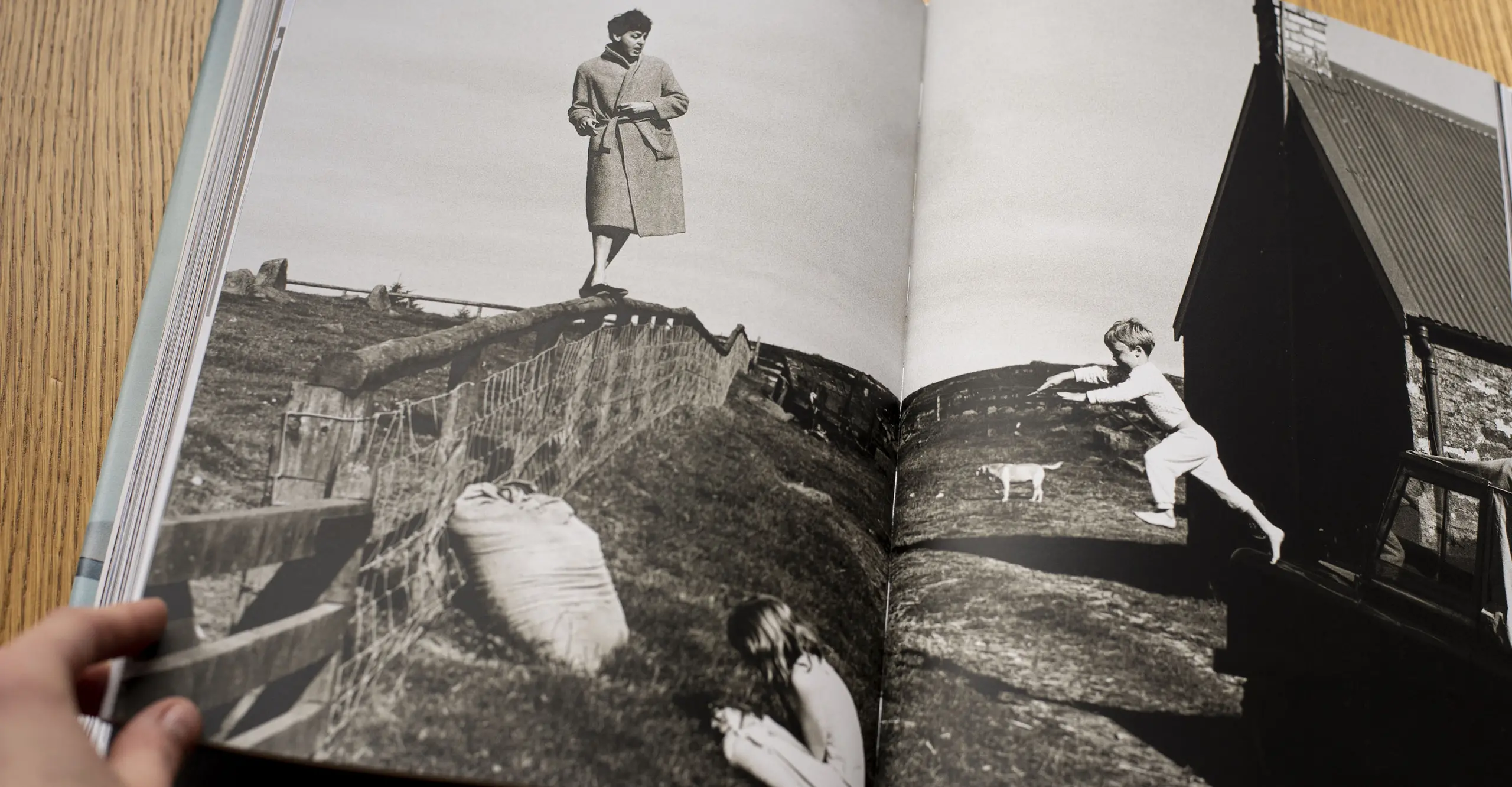Tanne Van Der Wal reviews the book Life in Photographs by Linda McCartney.
I first came across Linda McCartney’s work in the photography center at the V&A. This relatively new wing of the museum holds many different works, taking you through the history of photography. One of Linda’s works that is displayed here and stood out to me most is one on the McCartney farm, which I will mention again later on.
Linda McCartney photographed the up-and-coming rock scene in the sixties. In 1968, she became the first female photographer to be featured on the cover of the popular magazine Rolling Stone with her portrait of Eric Clapton. After marrying Sir Paul McCartney in 1969, she carried on capturing the music scene from a unique, intimate perspective.
The book Life in Photographs is a collection of images taken by Linda McCartney before her untimely death aged 56. A foreword by Paul McCartney himself and testimonials by Annie Leibovitz and Paul and Linda’s children set the tone of the book. A common theme in their descriptions of Linda is how she made her subjects feel at ease whilst being photographed. This immediately shows in the first images of her early work as a music photographer. All the big names of that time, such as Jimi Hendrix, Simon and Garfunkel, Janis Joplin, and the Rolling Stones pass in the first section of the book. Without any more text, the book then transitions into another period of Linda’s life, during her marriage to Paul McCartney. Linda’s documentary-style images of their family life are intimate and detailed.
Some of my personal favorites in this book are the images taken on the McCartney's family farm. One specific image is where Paul is balancing on a fence in his morning robe looking over the paddock with their dog and their kids playing in the vicinity. All of these family snaps have this very casual and well-known family feel, but at the same capture the quirkiness of their life quite well.
I enjoy and would recommend this book as it is like a time machine, snapping moments in such a changing and turbulent period from a one-off perspective. It really transports you to that place and time and the intimacy makes these images powerful and separates them from many other images taken in this period.
- Tanne Van Der Wal
